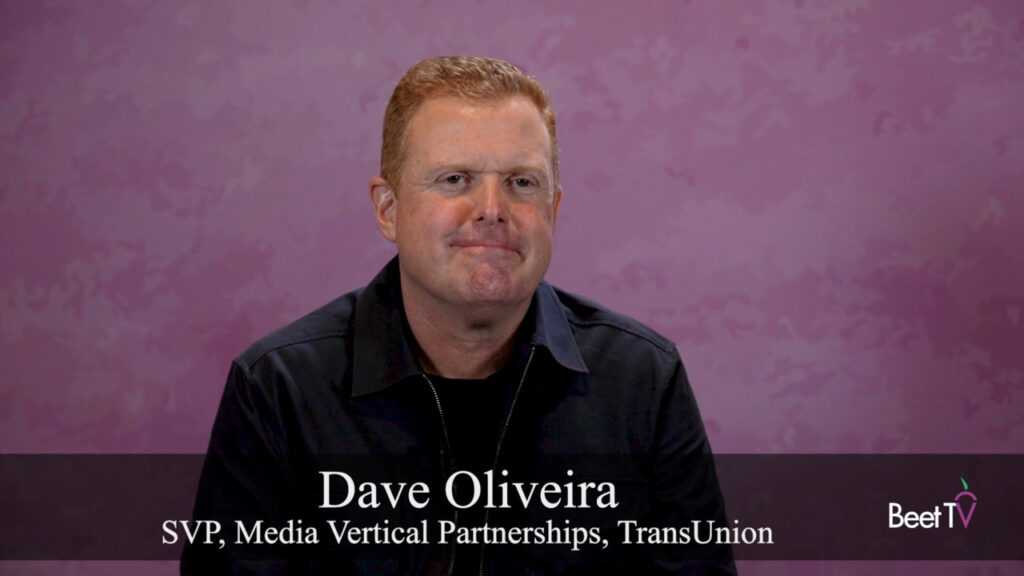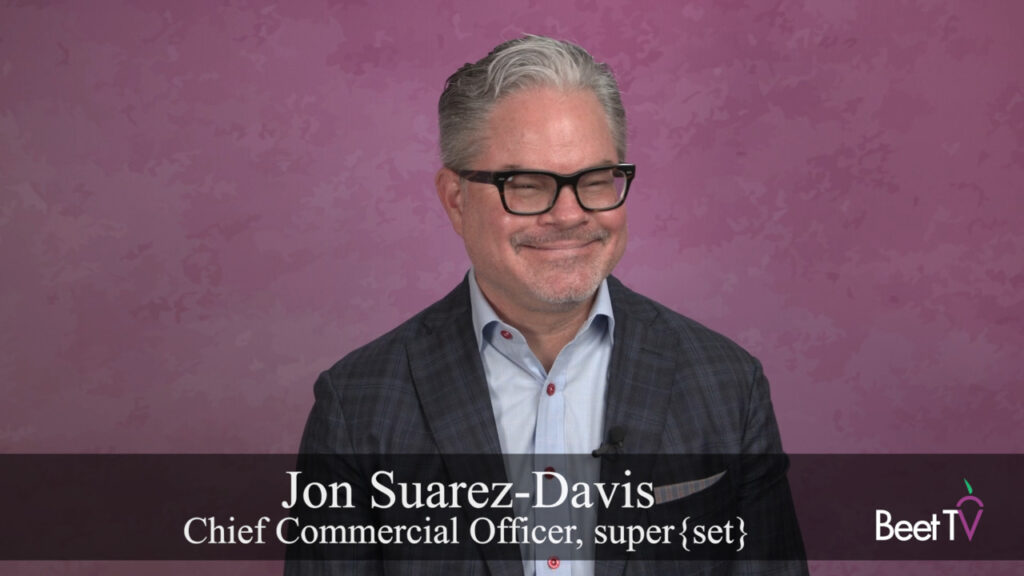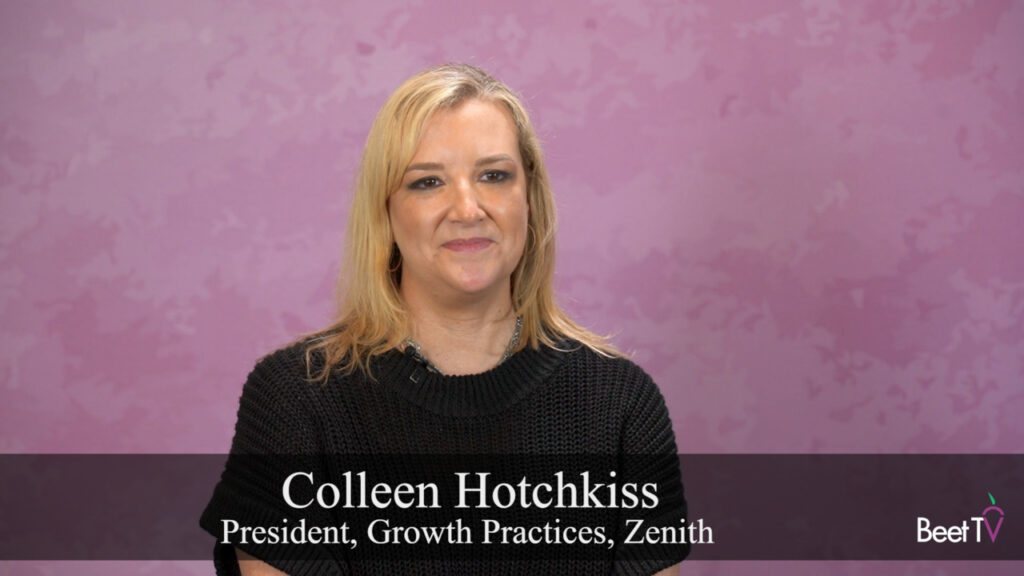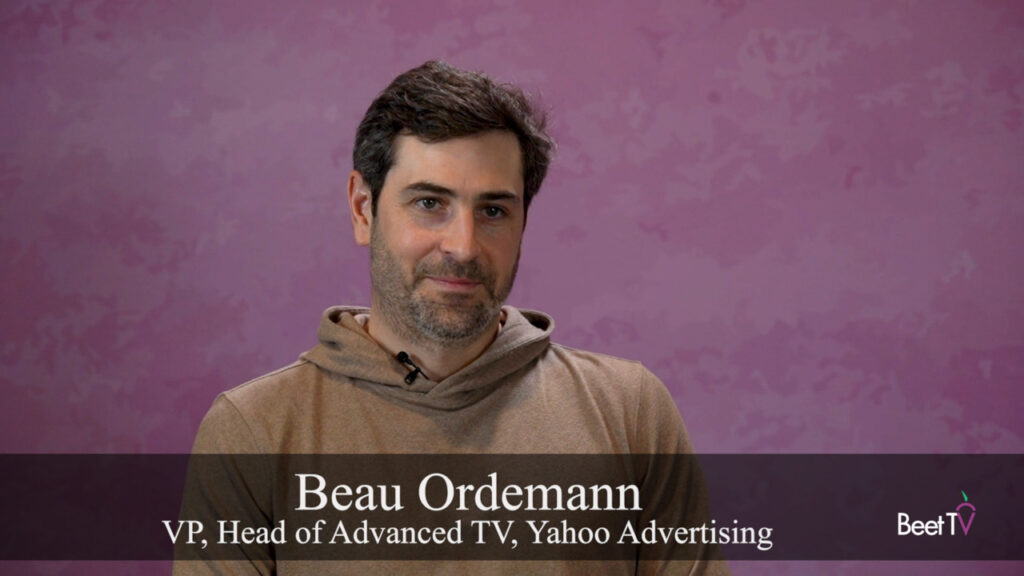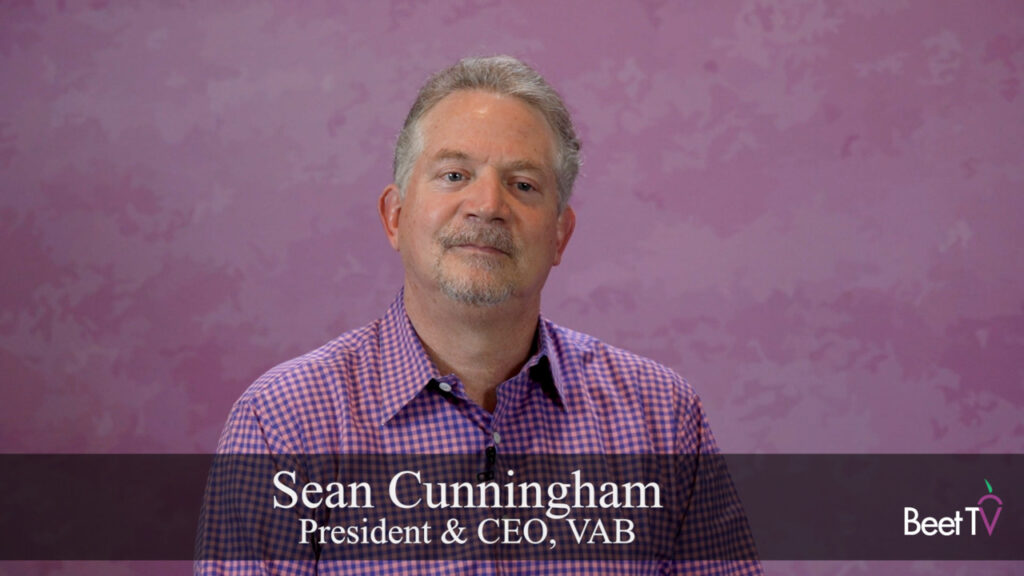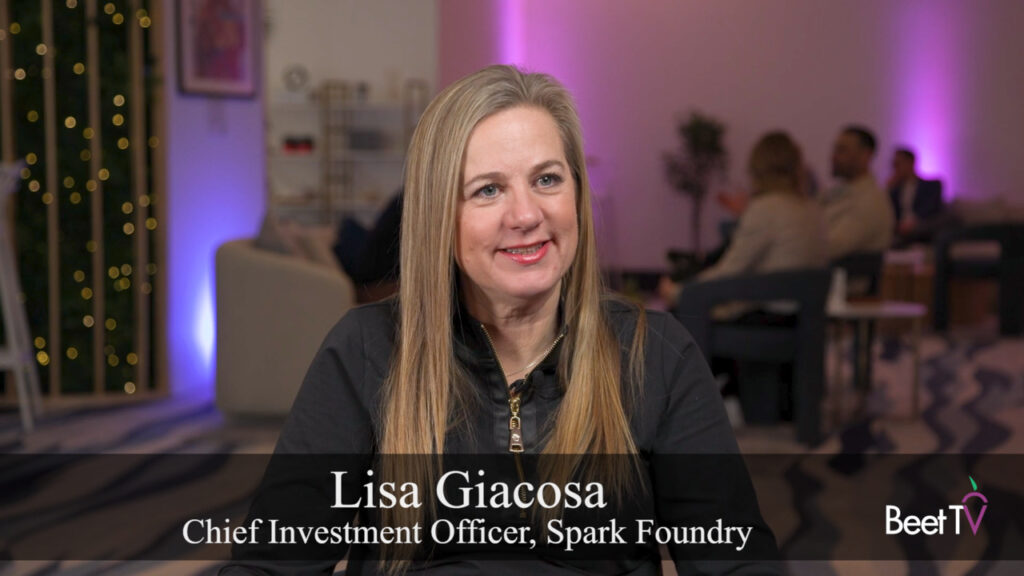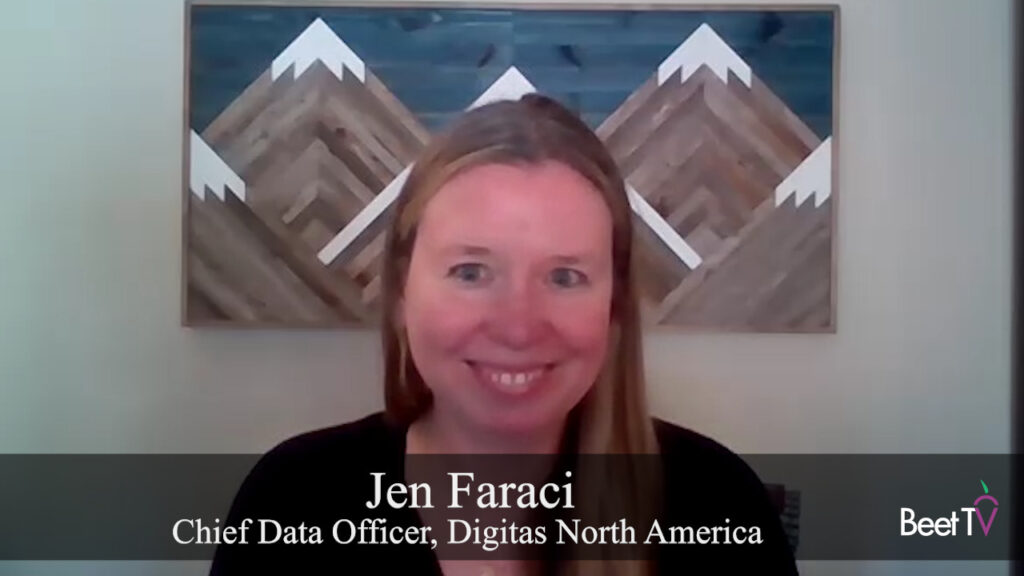There’s has been a lot of buzz about a Washington Post video of an accomplished violinist performing in the capital city’s subways.
 Donald Graham, chairman of The Washington Post Company, showed the clip at an annual shareholder meeting, writes Fortune’s Marc Gunther about the clip and its implications.
Donald Graham, chairman of The Washington Post Company, showed the clip at an annual shareholder meeting, writes Fortune’s Marc Gunther about the clip and its implications.
This is the kind of thing that gives Graham hope. A tour de force of storytelling, fashioned by a consummate stylist ("The violin is an instrument that is said to be much like the human voice, and in this musician’s masterly hands, it sobbed and laughed and sang – ecstatic, sorrowful, importuning, adoring, flirtatious, castigating, playful, romancing, merry, triumphal, sumptuous … So what do you think happened?") was married to the power of digital video and magnified by the viral nature of the Internet, to bring eyeballs and advertising dollars to the Post.
Graham showed the video at the Post Co.’s annual shareholder meeting to highlight the creative possibilities of online journalism. He likens newspaper Web sites to the early days of television, when the networks did 15-minute evening newscasts.
"I don’t think any news organization has maximized the potential of the Internet," he says. "I know this one hasn’t." Imagine if, when big news breaks, the Post’s Web site routinely offered a print story, a video version, an audio point-counterpoint by op-ed columnists, maps, photos, links and reader reaction. Could washingtonpost.com become a leading online news destination?
Here’s my interview with Jim Brady, the managing editor of the washingtonpost.com who explains the imperative of online video content at the The Post and how it is being deployed. This interview was originally published in April.







